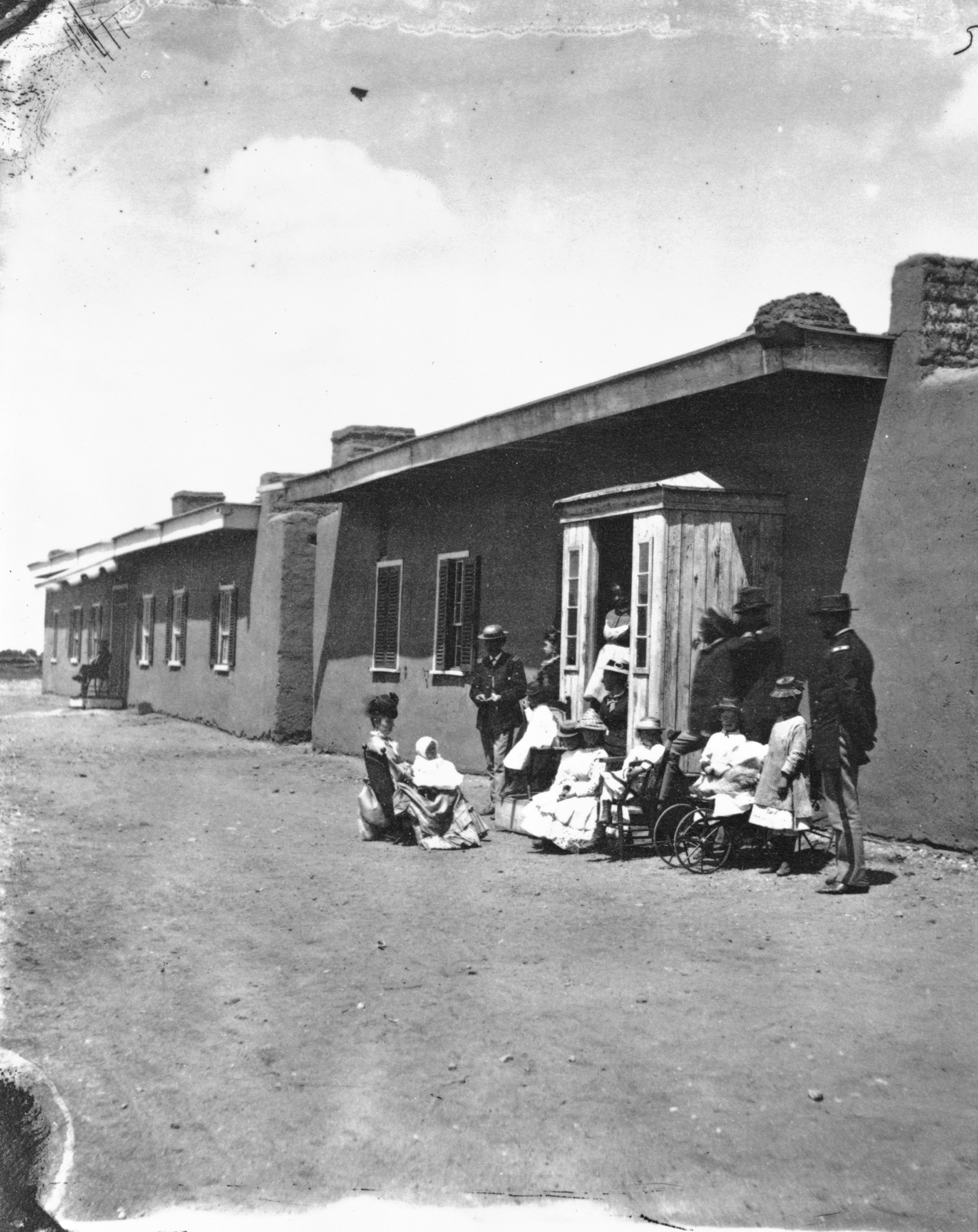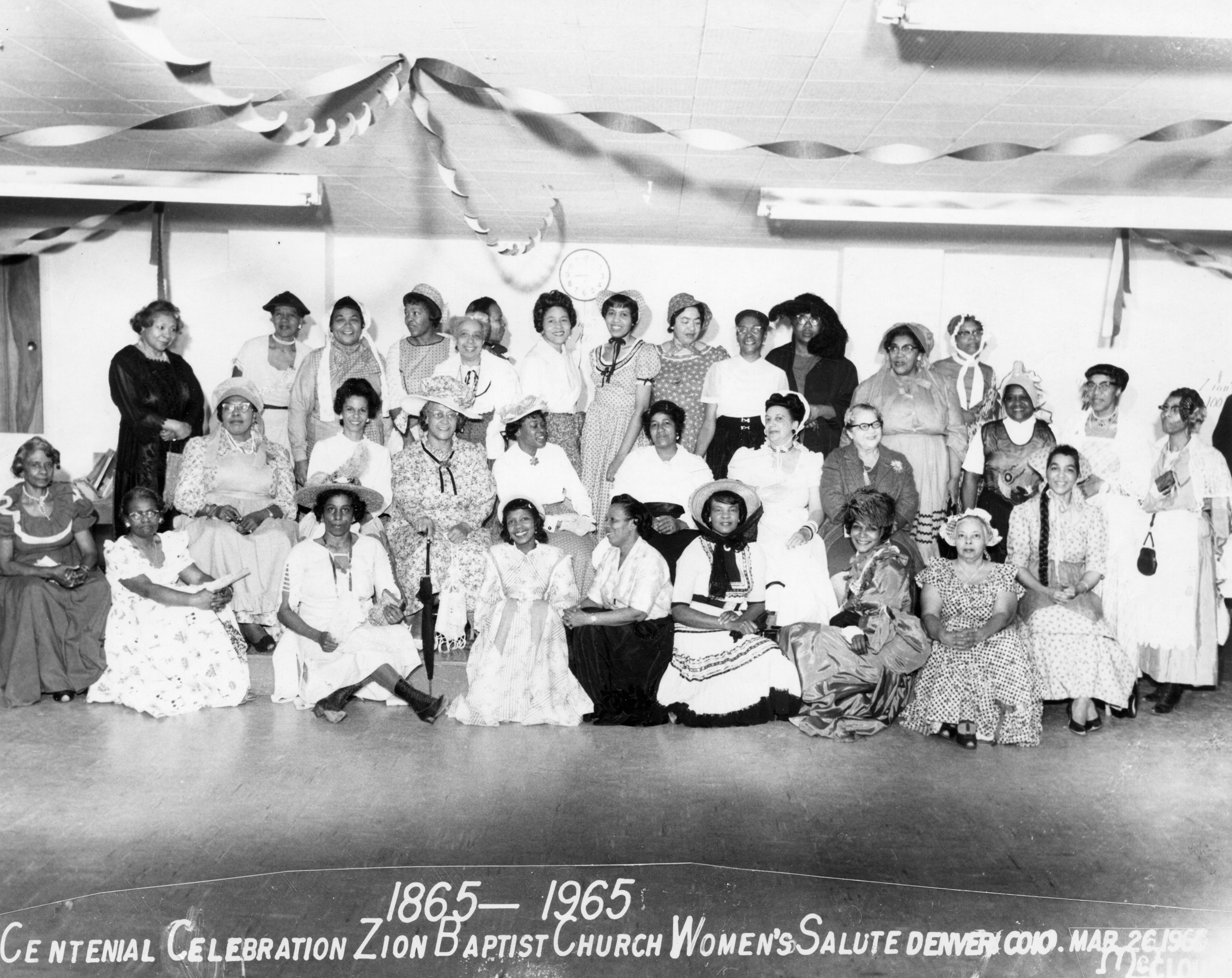Story
8 places to celebrate black history in Colorado
Those looking to discover and celebrate the often-overlooked stories and experiences of black Americans stories need only explore the unique landscapes of Colorado.
The places listed here demonstrate that black Coloradans have been and continue to be pioneering, disciplined, daring, and resilient, mirroring Colorado history as a whole.
1. El Pueblo History Museum, Pueblo - One of the co-founders of the El Pueblo Trading Post was Jim Beckwourth, who’s featured in the Borderlands of Southern Colorado exhibit in the same spot now known as El Pueblo History Museum. Beckwourth was born into slavery in Virginia, and as a free young man moved out West. He traded with the Cheyenne out of Fort Vasquez in Weld County before helping to build a trading post and found the town of Pueblo. He continued to travel all over the West before settling in Denver in 1859.
2. Fort Garland, Costilla County - After the Civil War, many African American soldiers eagerly responded to the government’s call for troops to help create permanent settlements in the West. From 1876 to 1879, Buffalo Soldiers were stationed at Fort Garland, where the Fort Garland Museum & Cultural Center houses photos and artifacts today.
3. Cold Spring Mountain, Moffat County - In far northwest Colorado is the place of the remains of Ned Huddleston, also known as Isom Dart, “Black Fox,” and “Calico Cowboy.” Freed from slavery at the end of the Civil War, Huddleston became a master horseman and stunt rider. He joined a cattle drive to Brown’s Hole in the Colorado-Wyoming area, where he ultimately established his own ranch around 1890. In 1900, local ranchers hired detective Tom Horn to shoot and kill Huddleston, whose reputation had always been a bit mixed.

Alice Craig McDonald and her father, Harvey, at The Dry around 1952
4. Dearfield, Weld County - This African American farming community is the only remaining town in Colorado that exemplifies the national black colonization movement inspired by Booker T. Washington. It was one of fourteen rural towns established in the West to provide Americans of African descent with the opportunity to own and work their own land. By 1917, sixty African American families were working its 15,000 acres.
5. The Dry, Otero County - A couple of Homestead Acts also attracted many families to the Colorado plains, including those looking for alternatives to sharecropping. About fifty black families collectively owned around 8,500 acres in this lesser-known community. They had no school nor church, a sign of poor support from nearby Trinidad, so students attended Earl School in Las Animas County, which had been built in 1909. Census records show many families had left the area by 1930, likely due to both the Dust Bowl and the Ku Klux Klan’s rise in political power across the state.
6. Lincoln Hills, Gilpin County - With the advent of cars, Americans took to the open road, but African American travelers struggled to find hotels and restaurants who’d welcome them. Winks Lodge at Lincoln Hills was a bastion of the West, hosting the likes of Langston Hughes, Count Basie, and many others. It was opened in 1922 by black entrepreneurs from Denver’s Five Points neighborhood and closed in 1965, likely because federal Civil Rights legislation brought demand to a halt. You can still visit this place listed in the National Register of Historic Places or learn more about it in the Colorado Stories exhibit at the History Colorado Center in Denver.
7. Five Points Historic Cultural District, Denver - Although Denver had no Jim Crow laws in place, black residents had trouble finding housing and were forced to attend segregated schools. The Five Points neighborhood was the nexus of the black community, supporting the development of entrepreneurs like Madam C.J. Walker. Churches like Zion Baptist served as centers of political life. In the 1930s, the Rossonian Lounge and Hotel became one of the nation’s best jazz clubs, hosting Duke Ellington, Louis Armstrong, Nat King Cole, and Dinah Washington; it was recently awarded a State Historical Fund grant to preserve its legacy. Today’s Black American West Museum was once the home of Dr. Justina Ford, who despite being denied a medical license delivered about 7,000 babies during her esteemed career.
8. Former home of Hattie McDaniel, Fort Collins - McDaniel was the first African American to win an Academy Award, for her portrayal of “Mammy” in the movie Gone With the Wind in 1940. Her family lived in Denver while she was growing up; she left East High School to perform, including on Denver’s KOA radio station. The home she lived in as a young girl still stands in Fort Collins.
This article was originally published by AAA Colorado.
Become a member to get discounts on our Tours and Treks!


